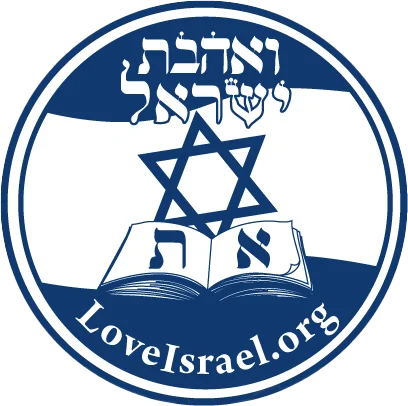HEBREW NUMEROLOGY - THIRTEEN
THIRTEEN
The meaning of the number thirteen is found when the numbers one and twelve are combined. We have learned that twelve refers to the people of G-d and the number one relates to HaShem; therefore, the number thirteen speaks of a unity between G-d and His people. The classic example of this is found in the book of Joshua.
“All the cities of the children of Aaron, the Priests, (were) thirteen and their fields.” Joshua 21:19
The Priests’ general calling was to serve in order to bring about unity between HaShem and His people.
The number thirteen is also seen when the people are commanded to make a special offering to HaShem. There is a clear reference to thirteen bulls which were to be offered (see Numbers 29:13-14). Obviously, when the people made a sacrificial offering which was to be a pleasing aroma to HaShem, it is for the purpose of unity.
This unity is not simply for the sake of unity, but for a mighty outcome which is the result from such a unity between G-d and His people. What is this outcome? The answer is victory, or the fulfillment of the will of G-d. In the book of Genesis, one reads that Ishmael was circumcised at the age of 13 years.
Circumcision expresses the death of the flesh. In other words, the death of the flesh is the outcome of faith, the basis for the Abrahamic covenant. The death of the flesh represents the fulfillment of the will of G-d and the purpose of HaShem entering into a covenantal relationship with man. Again, the fulfillment of G-d’s will relates to victory.
This same idea is subtly seen in the account of the walls of Jericho. The Children of Israel were to march around the walls of Jericho one time for six days and on the seventh day (Shabbat) they were commanded to do so seven times. Rabbinical scholars point out that in all, the Children of Israel marched around the city of Jericho 13 times. When they fulfilled the commandment of HaShem, they were united with G-d through obedience to His word, then the walls supernaturally crumbled into dust.
This miraculous event gave the Children of Israel victory. Hence, the number thirteen relates to unity between G-d and His people, which brings about victory. In this example, the number 13 comprised the numbers six and seven. This reveals another aspect for the number 13. We have seen that unity speaks about the unity between man and G-d.
The numbers six and seven are related to this idea. The only way that there can be unity between man and a Holy G-d is when sinners are made holy (7) by the grace of God (6).
In the book of Esther the number 13 appears the most—six occurrences in all. Each of these occurrences is in regard to the 13th day of the 12th month. Originally, this date represented the plan of Haman to destroy the Jewish people. It is most significant that this date was chosen in the first month, the month of Nissan, which is the month of redemption, i.e. Passover, for the Jewish people and in the 12th year of the King.
The reader needs to remember that the number 12 relates to the people of God. Therefore, the message the reader should derive from the verse (Esther 3:7) is that although Haman intended this date to be for the destruction of the Jewish people, HaShem intended it to be for the redemption of His people.
In the end, the 13th day became known as the fast of Esther. One of the primary purposes of fasting is to rid oneself from those things that are a hindrance between the one fasting and God. Hence, fasting is for the purpose of unity between man and God.
